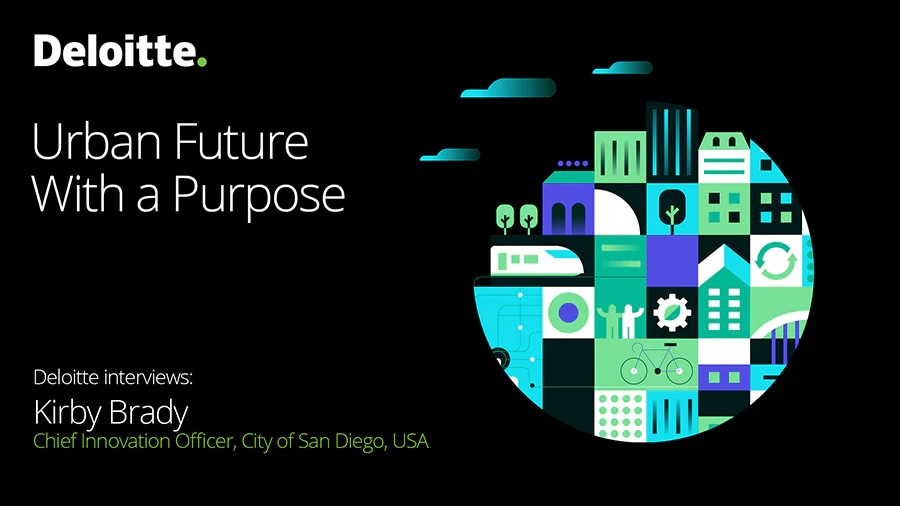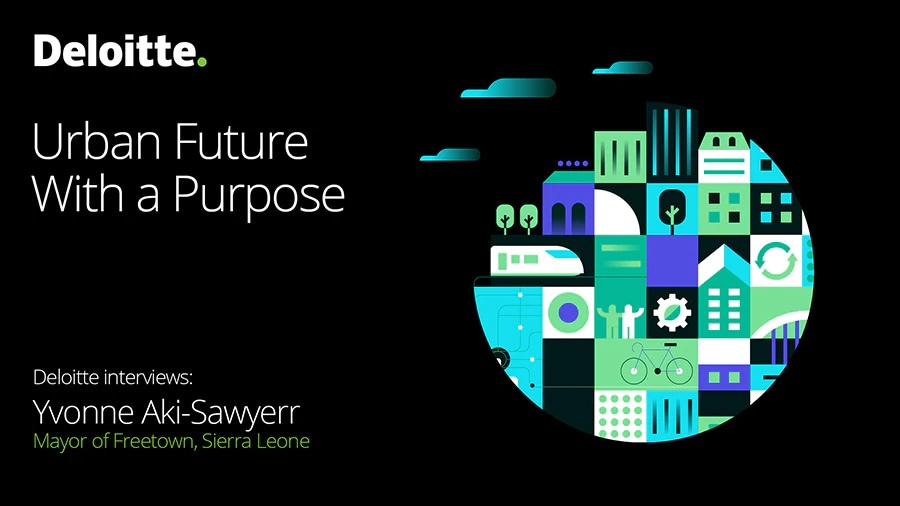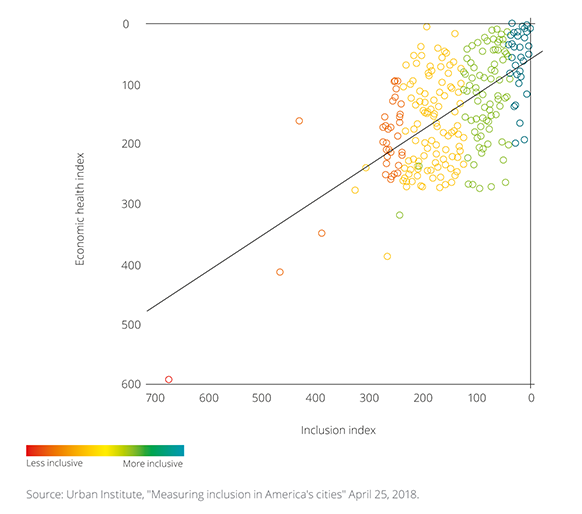Inclusive Services and Planning
Cities are evolving to have inclusive services and approaches, fighting inequalities by providing access to housing and infrastructure, equal rights and participation, and jobs and opportunities.
“At the end of the day if you have a city that is livable, sustainable, resilient, and competitive, but which is not inclusive, then something is fundamentally wrong in that city”, Sameh Wahba of the World Bank states in an interview for this study. It is now more important than ever to emphasise the importance of social inclusion across cities by celebrating and supporting the heart of the community ecosystem – its people.
Cities are not only centres of economic development; they are the confluence of equality, healthy communal coexistence, and prosperity for all. Public space is used by residents differently, and the differences must be taken into account when planning a city. Social inclusion should be a key pillar of urban growth and development for the cities of the future, bearing in mind the three building blocks identified by the World Bank: spatial inclusion (proving affordable housing, water, and sanitation), social inclusion (equal rights and participation), and economic inclusion (creating jobs and offering citizens opportunities for economic development).
Cities should be planned and designed to generate social and economic outcomes for everyone, avoiding the costs that occur when people are excluded. Although the poor are usually the most affected, cities will also remove the barriers caused by differences in gender, age, race, nationality, disability or religion. Inclusive design could mean building gender-inclusive urban centres to provide safe and secure spaces for carers and installing wheelchair accessible features for those with mobility difficulties. Inclusive design may mean building greener and safer neighbourhoods for all citizens and investing to create secure and joyful spaces for children to play and accessible places for the elderly, making cities pleasurable for the silver generation. An inclusive social care system will embrace migrants and offer them tailored services that address their particular needs and context, and opportunities as everyone else. An inclusive city fights gentrification. These inclusion initiatives, among many others, are supported by one of the criteria in the UN’s Sustainable Development Goals: “By 2030, provide universal access to safe, inclusive and accessible, green and public spaces, particularly for women and children, older persons and persons with disabilities”.
There are already some signs of cities prioritising inclusion. A survey of 167 cities worldwide found that 40 to 47 per cent of cities use metrics to track progress towards inclusion goals, even though the majority are in advanced economies. The same source indicates that 80 per cent of Cities 4.0 (those that are ahead in smart city initiatives, have superior infrastructure and made great progress towards SDGs) ensure that the disadvantaged are involved, while only 45 per cent of others have it is a concern, which shows the discrepancies among cities in this particular aspect.1
Both technology and mass participation are needed to accelerate the trend towards social inclusion. Digitalisation enables governments to facilitate access to a range of services, accelerate business opportunities, analyse societal gaps, educate mass audiences, collect real-time data, boost data-driven decision-making, facilitate predictive and proactive governance, and engage larger audiences in social activity. It also frees up government capacity to re-direct finite administrative and case management resources to those who need it most.
Although it is a fundamental requirement for social inclusion, technology may also create disparities. Currently, half the world’s population is offline, which reinforces “the need to look at connectivity and communication as a public good”, as stated by the Executive Director of UN-Habitat. In some regions, lack of affordability for technology solutions and the societal digital divide have been identified as hurdles to progress. City planners should remain aware of the large numbers of ’digitally invisible’ citizens, to avoid skewing the results of city analysis, compromising urban planning efforts, and even contributing to a widening of the inequality gap. Solutions such as government-funded mobile phones or internet access, or community centres, could potentially mitigate the adverse effects of technology.
In addition to technology, mass participation is a second catalyst for social inclusion. Cities have traditionally been planned by male architects from formal backgrounds. Bringing diversity to the creation process is a critical measure to avoid inequalities and create inclusive and equity-centred cities by design.
“We need to understand that inclusion and equity is not simply ‘good to have’: it is essential. It is a foundation that we build on and it is an enabler of thriving communities. A thriving community is good for the economy, a thriving community is good for culture and good for art, it is good for creativity and it is good for innovation.”
-Jeff Merritt, Head of IoT and Urban Transformation at the World Economic Forum
“Technology can play a major role in fighting exclusion: by strengthening land administration systems and geospatial infrastructure, hence ensuring the protection of land rights, especially for poor and most vulnerable households; by fostering engagement by citizens in urban policy making - which is critical; and by enabling people to access jobs and to match the skills with the needs of the labour market.”
-Sameh Wahba, Global Director of Urban, Disaster Risk Management, Resilience and Land Global Practice at the World Bank
Video Interviews
Podcasts

Podcast with Kirby Brady, Chief Innovation Officer, City of San Diego, USA

Podcast with Yvonne Aki-Sawyerr, Mayor of Freetown, Sierra Leone
End Notes :
- ESI ThoughtLab: Smart City solutions in a riskier world. (2021)
- Zero Project: Innovative Practices 2016 on Education and ICT; Wayfindr: Empowering vision impaired people to travel independently. (2016)
- Deloitte: The economic benefits of improving social inclusion. (2019)
- Deloitte Insights: Inclusive smart cities. (2019)
- Inter-American Development Bank: Inclusive Cities; Urban productivity through gender equality. (2018)
- Deloitte Insights: Inclusive smart cities. (2019)
- Deloitte Center for Government Insights: Beyond the pandemic: how the government’s digital future looks like. (2021)
- IESE Cities in Motion: Medellín: A story of transformation. (2018)
- Tomorrow City: Medellín: data and infrastructures in contrast to its troubled past. (2019)
- Association Québécoise des Transports: Medellin - Smart City. (2017)
- Inter-American Development Bank: The fight against sexual harassment runs smoothly in Ecuador. (2018)
- Banco Interamericano de Desarrollo: Bájale al Acoso: Quito's initiative for public transport without gender violence. (2019)
- Human Rights Watch: "It’s a constant fight"; School-Related Sexual Violence and Young Survivors’ Struggle for Justice in Ecuador. (2020)
- Empresa Pública Metropolitana de Transporte de Pasajeros de Quito: Bájale al Acoso Strategy will be replicated to Metro. (2020)
- Inter-American Development Bank: Inclusive Cities; Urban productivity through gender equality. (2018)
You may access the links to these sources, where available, on page 148 of the Urban Future with a Purpose study.





